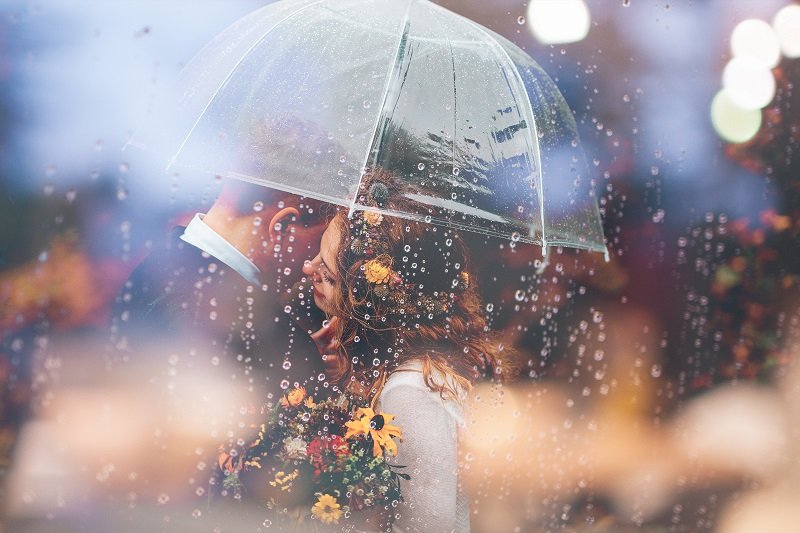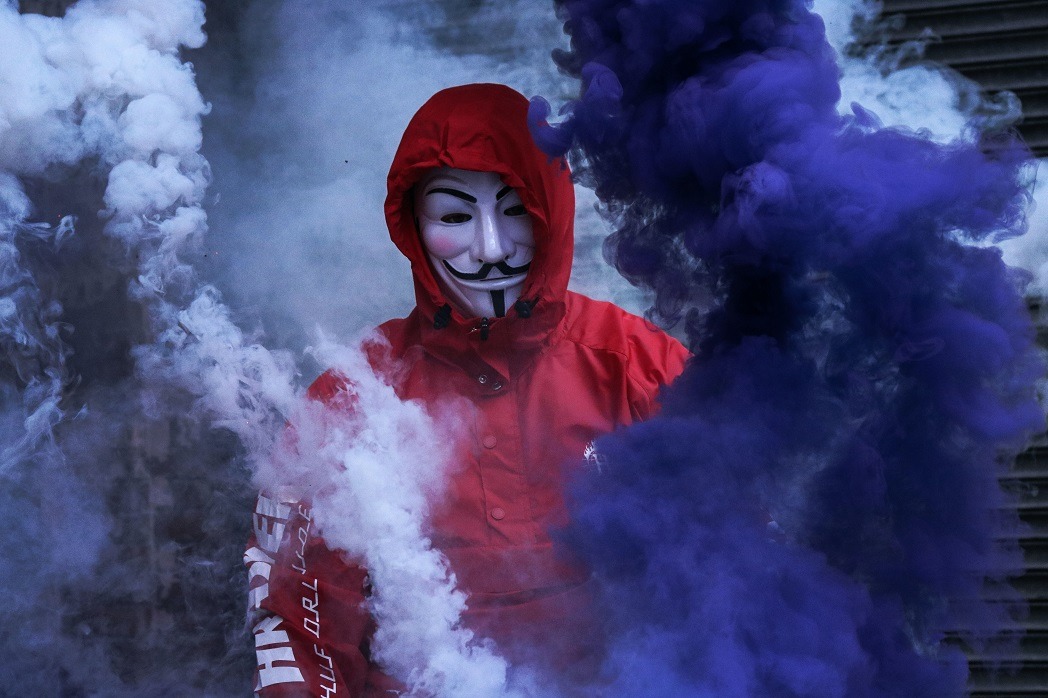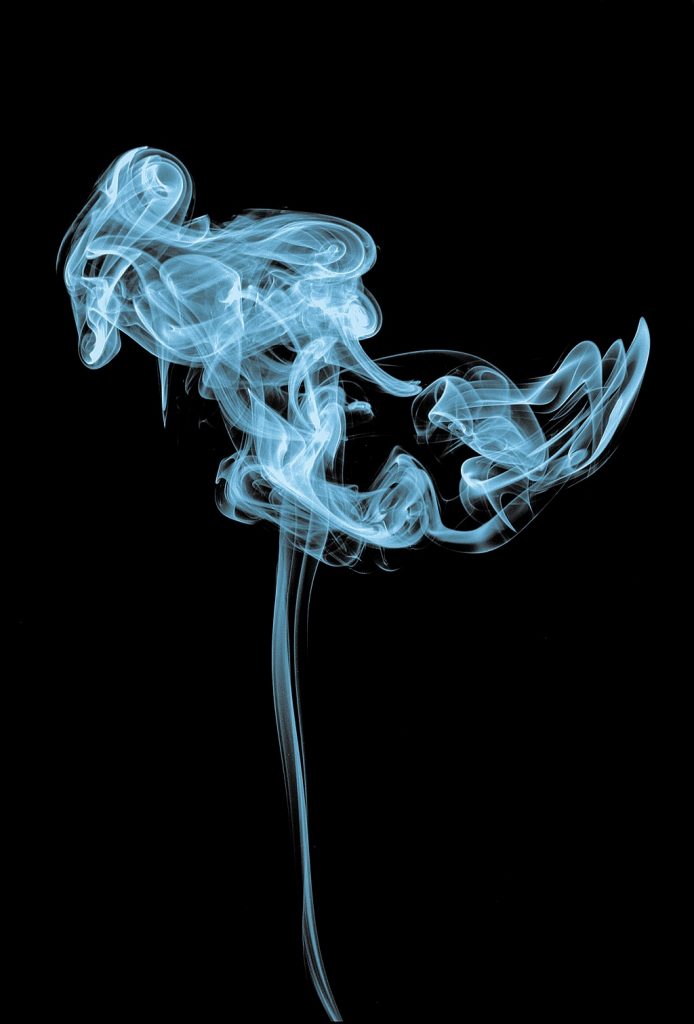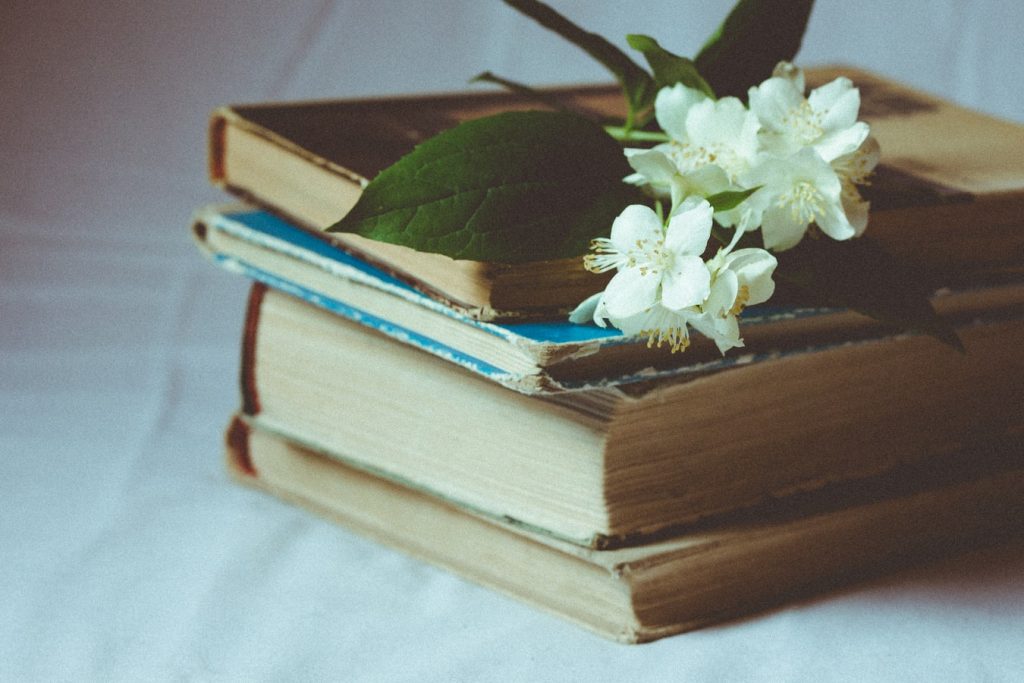21 photography props for every genre of photography
by Alex W.
We round up some of the best photography props for every genre of photography to help you add an extra dimension to your shooting.
Have you ever felt like your photography was missing something? Maybe it needed just a little sprinkling of magic to bring it to life?
Well, that’s exactly what a well selected prop can do for your photography. Whether you’re a wedding photographer, a food snapper or a still-life shooter, adding some carefully selected photography props to your arsenal is a great way to expand your horizons.
Here we’ll take you through some of our favourite photography prop ideas, splitting them up into separate genres so you don’t waste your time looking at things that aren’t relevant to your photography needs.
Contents
Best photography props
Wedding props
Confetti
The confetti shot is one of the most iconic wedding images out there, and it’s one you really don’t want to mess up. Nothing would spoil the perfect confetti shot like… not having any confetti.
Sure, the guests probably have some of their own, but on the off chance there is a confetti shortage it certainly won’t do you any harm to have some on standby.
Flower petals
-
Ling's moment Silk Rose Petals 200PCS Flower Petals for...
- Quantity: 200pcs and each of them is approx. 1.5 - 2 inches. They will never wilt and is reusable.
- Material: These rose petals are 100% Handmade with satin fabric for a real looking and with a slight fragrance of rose smell.
You can throw these instead of confetti, give them to the flower girls to have fun with or simply use them to garnish some of those all-important contextual shots.
Umbrella
-
totes Women's Clear Bubble Umbrella
- CLEAR STYLISH BUBBLE UMBRELLA: Waterproof clear canopy for maximum rain coverage and see through visibility.
- WINDPROOF AND RAINPROOF: With 51” canopy, you’ll be protected from the wind and the rain so hair and clothes stay dry
If the happy couple have the misfortune of enduring a rainy wedding day, the umbrella becomes the perfect prop for some excellent romantic images. Get a clear one like this; that way you can still see the bride and groom through the canvas.
Here’s something that’ll make you actually hope for a rainy wedding day shoot, too.

Signs / Chalkboard
-
TenXVI Designs 11'x13' Magnetic Chalkboard Sign - Remove...
- Versatile – With our detachable/adjustable legs, you can move the chalkboard from freestanding on your tabletop or counter top to hanging on your wall in seconds. In either scenario, our patented design lets it be used both vertically and horizontally. The magnetic barnwood frame will even allow you to stick it on your refrigerator at home or your filing cabinet at the office!
- Non-porous – Our vintage chalkboard has a porcelain steel surface that is sure to wipe clean every time. You’ll never need to worry about liquid chalk marker stains again!
Ask the happy couple to write something on it. It can be their names, an inside joke or simply a drawing, but a chalkboard makes a fantastic prop for wedding photography.
Scrabble letters
-
500 Wood Letter Tiles,Scrabble Letters for Crafts - DIY Wood...
- High Quality Wooden scrabble tiles for handcraft
- 500 Wood Scrabble Tiles - NEW Scrabble Letters Great for replacement tiles, arts and crafts, jewelry making, gifts, spelling, etc.
Letter tiles are great props for those contextual shots that showcase the setting of the wedding. You can spell out those old cliches like “LOVE” and “FOREVER” and place them on the table settings or alongside the wedding bands.
Food photography props
Wooden board
-
Villa Acacia Large Wood Cutting Board, 17x12 Inch Premium...
- Premium Wood Cutting Board - Made from beautiful Acacia wood with brown and gold walnut accents
- Quality Construction - Full 1" thick solid wood design. Acacia is a tropic hardwood known for its durability, water resistance. This wooden board will last for years with everyday use and is gentle on knives.
The classic wooden board is pretty much synonymous with food photography now, and for good reason. Is it overused? Maybe, but coupling bright white crockery and colorful food with the warm tones of a wooden serving board is a hard combination to beat.
Stump plank
-
Lipper International Acacia Tree Bark Footed Server for...
- Server is a contemporary item with rustic appeal and is great for serving cheese, crackers, and hors d'oeuvres
- Each piece is individually handcrafted and unique, and is footed for non slippage
If you want to go for a slightly different effect, why not try coupling your dishes with a rustic old stump plank. These add a little more texture to the image than a standard serving board, but still provide those warm brown tones that are so desirable.
Foldable Studio
-
Amazon Basics Portable Foldable Photo Studio Box with LED...
- No assembly required with set-up in less than a minute; Collapses into a thin, portable, and durable portfolio case.
- Measures 25'' x 30'' x 25'' to fit a variety of product sizes; Includes power supply, user manual, and pre-installed removable bright-white backdrop.
This foldable studio is useful for far more than food photography, but it’s what I mostly use it for. It’s large enough to give some working room around even bigger setups and the LED lighting is very good for when you want a nice flat light for a high-key effect.
You can, of course, couple it with a darker backdrop and shoot for that increasingly popular dark style of food photography.
Acrylic ice cubes
If you’re trying to capture the sense of refreshment that a cold drink brings you, you’re always working against the clock if you use real ice. Slow the pace down and take your time with a bunch of these acrylic ice cubes.
Garnishes
The difference between good food photography and great food photography is often in the setup. Give your dishes that extra lift by using garnishes such as herbs, spices, flower petals or even coffee beans.
Portrait photography props
Smoke grenades

Inject a little drama into your portraiture with colored smoke grenades. These can be used to do anything from adding a vibrant splash of color into an otherwise muted scene or simply to obscure parts of the environment and create a more mysterious atmosphere.
If you can’t find a smoke grenade, these little ‘bombs’ of colored powder are fantastic as well.
A mirror
-
Umbra 1012715-378 , Titanium Hubba 34 Inch Round Entryways,...
- LARGE, ROUND MIRROR: Hubba is a 34-inch diameter mirror, with an elegant and decorative titanium frame that looks great in any space including as bedroom wall décor and bathroom wall decor
- BOOSTS LIGHT: Hubba’s large size is ideal for reflecting both natural and artificial light to help brighten any room, day or night
Nothing helps to tell a story in portrait photography quite like a mirror. It can be used to portray loneliness, self reflection (literally) or sadness.
Alternatively, mirrors can also be used to create some incredibly cool optical illusions in portrait photography.
Masquerade masks
-
TreatMe Masquerade Mask - 3 Pack Women Venetian Mask Pretty...
- 🎉MASQUERADE MASK - The masquerade mask made of light weight eco-friendly lace can be bended to accommodate the face.Exquisite workmanship and details of the deal, proper preservation can be used for a long time.
- 🎉PERFECT HALLOWEEN PARTY SET - Masquerade mask is black style high-light treatment, it is low-key, luxury and eye-catching, you worry-free to become the focus. This set is a good gift choice also!
Maybe it could be seen as counter-intuitive to obscure somebody’s face when shooting portraits? However, with obscurity comes mystery and intrigue, and masquerade masks are a great way to bring attention to a model’s eyes.
Fairy lights
-
Ehome Fairy Lights, USB Operated Fairy Light Plug in 33ft...
- Flexible & Bendable: Made of 33ft long ultra thin sliver coated copper wire, the led string lights are flexible and bendable. You can bend it to any shapes you like or tangle it on anything you want like plants, bottles, trees, furniture, etc.
- USB powered fairy lights: With convenient USB interface, plug in fairy lights are prower by USB adapter, power bank, computer and USB socket (Note that the power port is not included). Compared with fairy lights battery operated, USB fairy lights are low energy consumption, no overheat after usage, safe to touch.
Who doesn’t love fairy lights? They can be used as a bokeh-licious background or wrapped around your subject in a darkened location to enhance the contrast.
Macro photography props
Water spray bottle
Covering your subject in a light mist of water is fantastic when taking macro images of flowers or plants. Admittedly it’s less than ideal if you use it when taking macro images of electrical equipment.
Find the best macro lenses for Canon and Nikon here.
5-in-1 reflector
-
Etekcity 24' (60cm) 5-in-1 Photography Reflector Light...
- 5-In-1 lightweight reflector: Gold, silver, white, black and translucent
- Gold: warm up the picture; Silver: brighten the picture; white: bounce light into shadows; black: block out unwanted light
I don’t know whether you’d class this as a photography prop or a simple photography accessory, but in any case a 5-in-1 reflector is an invaluable tool to have at your disposal!
You can use it as a mini backdrop or a windbreak for your macro subjects, or you can use it to redirect the light and lift shadows. It’s definitely not just for macro photography, either – I use this in food photography, toy photography, portrait photography and macro photography.
Oil
You probably already have some form of cooking oil in your cupboards at home, and that’ll do just fine! Combining oil with other liquids opens up a whole new world of photography. We go into more detail in our list of creative photography ideas here.
Matches
Another generic household item that can be transformed into something special with the use of a macro lens (or a macro photography hack, if you’re that way inclined).
Strike a match, blow it out and watch the tendrils of smoke snake their way into the air. Get the lighting right and a well-thought out system in place and eventually you’ll start to capture recognisable shapes in the smoke. It’s a very soothing way to kill a few hours of your time.

Still-life props
Incense
-
Nag Champa Sunrise Sandalwood Midnight Patchouli Celestial...
- Gift set by nag champa
- 15 grams each, 12 scents
Providing you can handle the scent, incense sticks are a great way to incorporate mist and smoke into your still life shots. They last a lot longer than matches so you can take your time, plus you can direct the smoke using a trusty old lens blower.
If you’re looking to create eerie and macabre still life shots, incense is something you definitely don’t want to be without.
Wooden Pallet
-
Walnut Hollow Rustic Pallet, 24'X12'
- Use this wooden piece to create a beautiful and unique decoration
- One 24x12 inch wooden pallet
Still life photography is all about setting the scene, and if you’re gearing towards a rustic or weathered style then you’ll want something like this to set your main subjects on or around.
You can really use anything from old pallets to discarded planks of wood – the more weathered the better! So, with that in mind it’s probably a better idea to reuse something you already have rather than buying something and trying to make it look weathered.
Old books

Well-used books have an entire character of their own. The battered edges, yellowed pages and weathered spine just add to their personality. They carry a certain sense of history that’s difficult to find elsewhere.
Shop around in your local thrift stores or charity stores and walk away with an armful of the most characterful books you can find.
Read More…
How to check your camera’s shutter count
11 best YouTube channels for improving your photography editing
10 must buy lenses for your Fujifilm X Series
 |
 |
 |
 |

About Alex W.
Alex is the owner and lead writer for Click and Learn Photography. An avid landscape, equine, and pet photographer living and working in the beautiful Lake District, UK, Alex has had his work featured in a number of high profile publications, including the Take a View Landscape Photographer of the Year, Outdoor Photographer of the Year, and Amateur Photographer Magazine.
Thoughts on "21 photography props for every genre of photography"
 |
 |
 |
 |
You can Get FREE Gifts. Furthermore, Free Items here. Disable Ad Blocker to receive them all.
Once done, hit anything below
 |
 |
 |
 |












